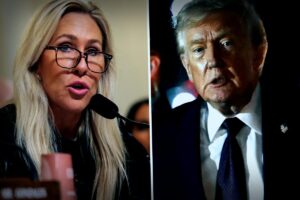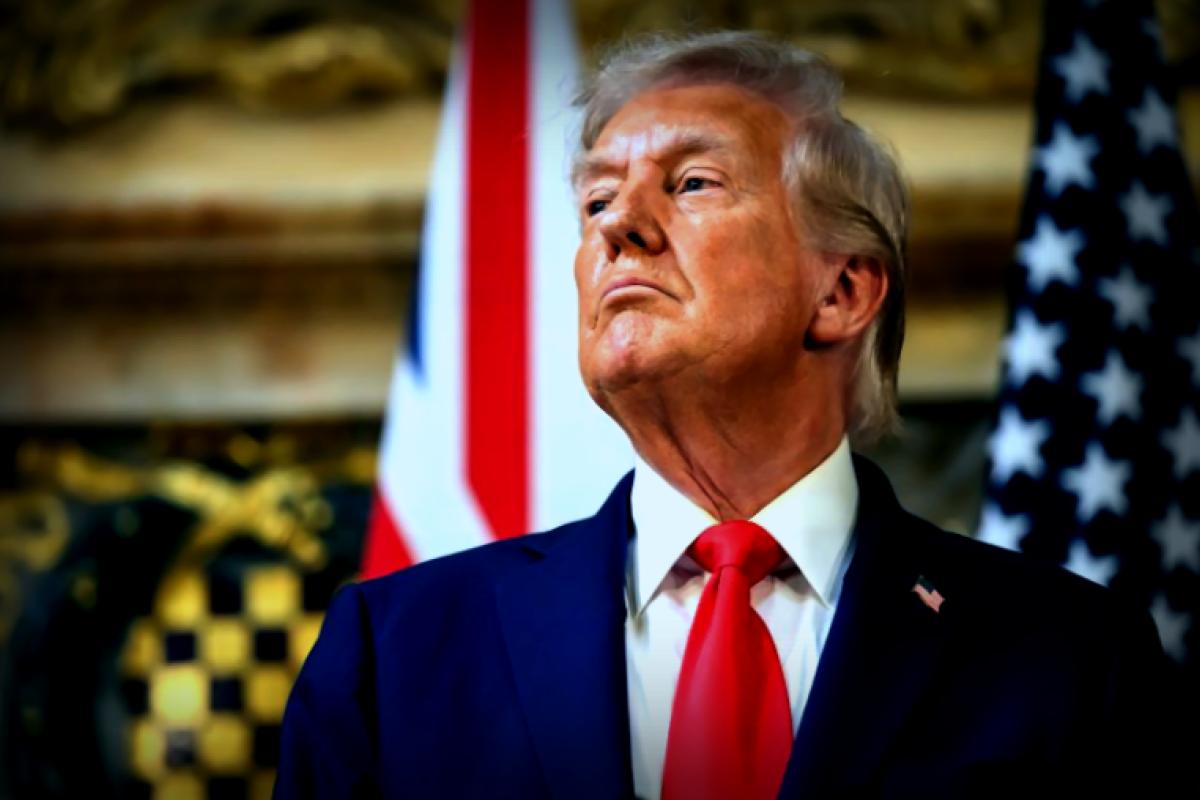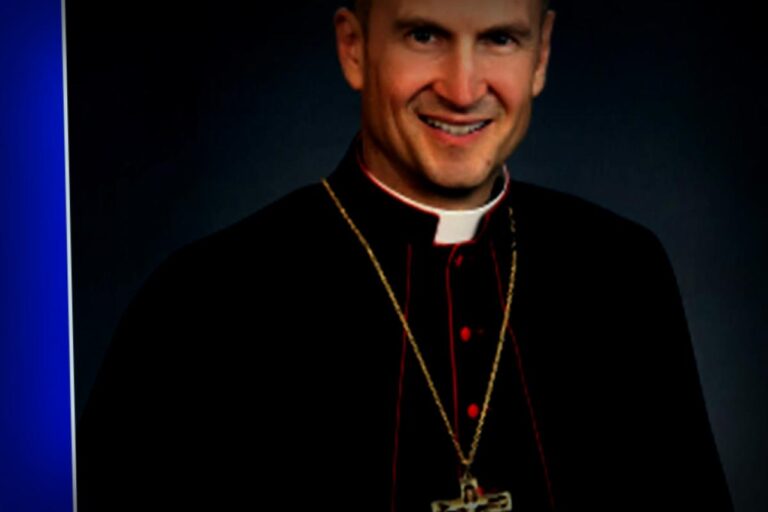President Trump took significant steps on Friday, announcing an executive action that sets a hefty $100,000 application fee for H-1B visas. This is part of his administration’s push to address what they term as an overutilization of the program.
During a briefing from the Oval Office, Trump stated, “We need great workers, and this ensures that companies prioritize hiring American talent while still having the opportunity to employ top foreign professionals in niche areas.” He noted that the new fee structure would limit H-1B program participation unless accompanied by this payment.
In addition to this, Trump has proposed another initiative, d the “gold card” immigration pathway. This plan suggests that those willing to pay $1 million could fast-track their visa process. Furthermore, sponsors could expedite the process for a foreign worker by paying $2 million.
These recent moves are part of broader efforts by the Trump administration to tighten immigration regulations and significantly restrict the entry of foreign nationals into the U.S. This could have far-reaching effects on various industries that heavily rely on H-1B visa holders.
The H-1B visa allows foreign workers to be employed in the U.S. for up to three years, with the possibility for an additional three years. Many economists advocate that this program plays a crucial role in maintaining the competitiveness of U.S. businesses, fostering job creation within the country.
In a call with reporters, Commerce Secretary Howard Lutnick explained that the administration’s decision on the fee amount was derived from discussions with businesses. He indicated that final arrangements for the fee structure are still being negotiated with the Department of Homeland Security.
Over the years, Trump has had a shifting viewpoint regarding the H-1B visa process. His remarks have generated contrasting opinions among his supporters. He restricted access to such visas during his initial term but hinted during his 2024 campaign about possibly offering legal status to some foreign graduates of U.S. universities.
Last December, Trump also expressed support for the H-1B program, sharing with the New York Post, “I’ve always been in favor of these visas and I believe in their potential. That’s the reason they’re there.” His past remarks were likely influenced by discussions with figures like Elon Musk and Vivek Ramaswamy, both of whom previously shared support for the program, eliciting mixed reactions from his base.
Every year, 65,000 H-1B visas are allocated, alongside an additional 20,000 set aside for individuals with advanced U.S. degrees. Yet, demand frequently surpasses availability, often leading to a lottery system.
Typically, the H-1B visa is utilized by firms, especially in the tech sector, compensating for talent shortages in the domestic labor market. Tech industries frequently advocate for these visas, relying on them to recruit skilled workers unavailable locally.
During his 2016 campaign, Trump criticized the H-1B program, accusing companies of misusing it to replace American workers with lower-paid foreign counterparts. In 2020, he reiterated this stance by placing more restrictions on foreign worker visas as part of his administration’s strategy to limit legal immigration amidst the evolving economic landscape spurred by the Covid pandemic.
The proposed gold card initiative aims to revamp the influx of foreign workers by focusing on attracting high achievers and entrepreneurs. Originated by Lutnick, the program would facilitate quicker entry for foreigners who can fund the $1 million fee, or have employers cover double that amount for sponsorship. Lutnick expressed discontent with the current green card processes, suggesting it permits lower-tier talent cutbacks.
In his comments, Lutnick underscored a future concentrated on navigating only the top-tier individuals coming from abroad.
This update includes new developments regarding the story.




















